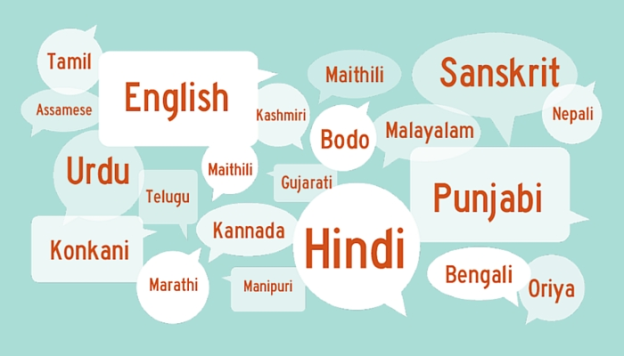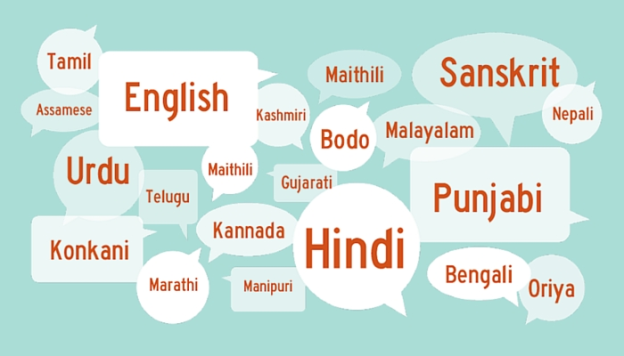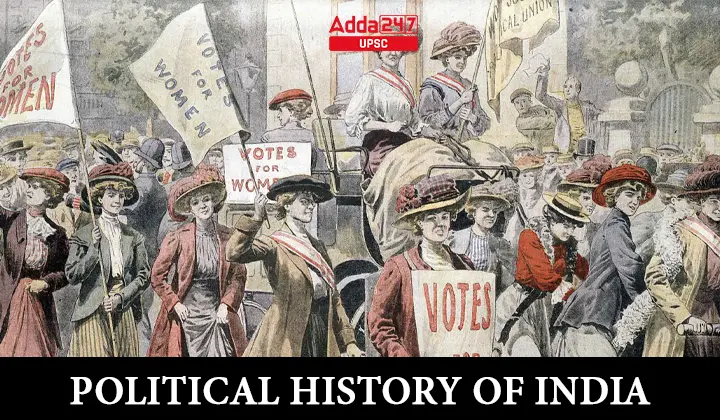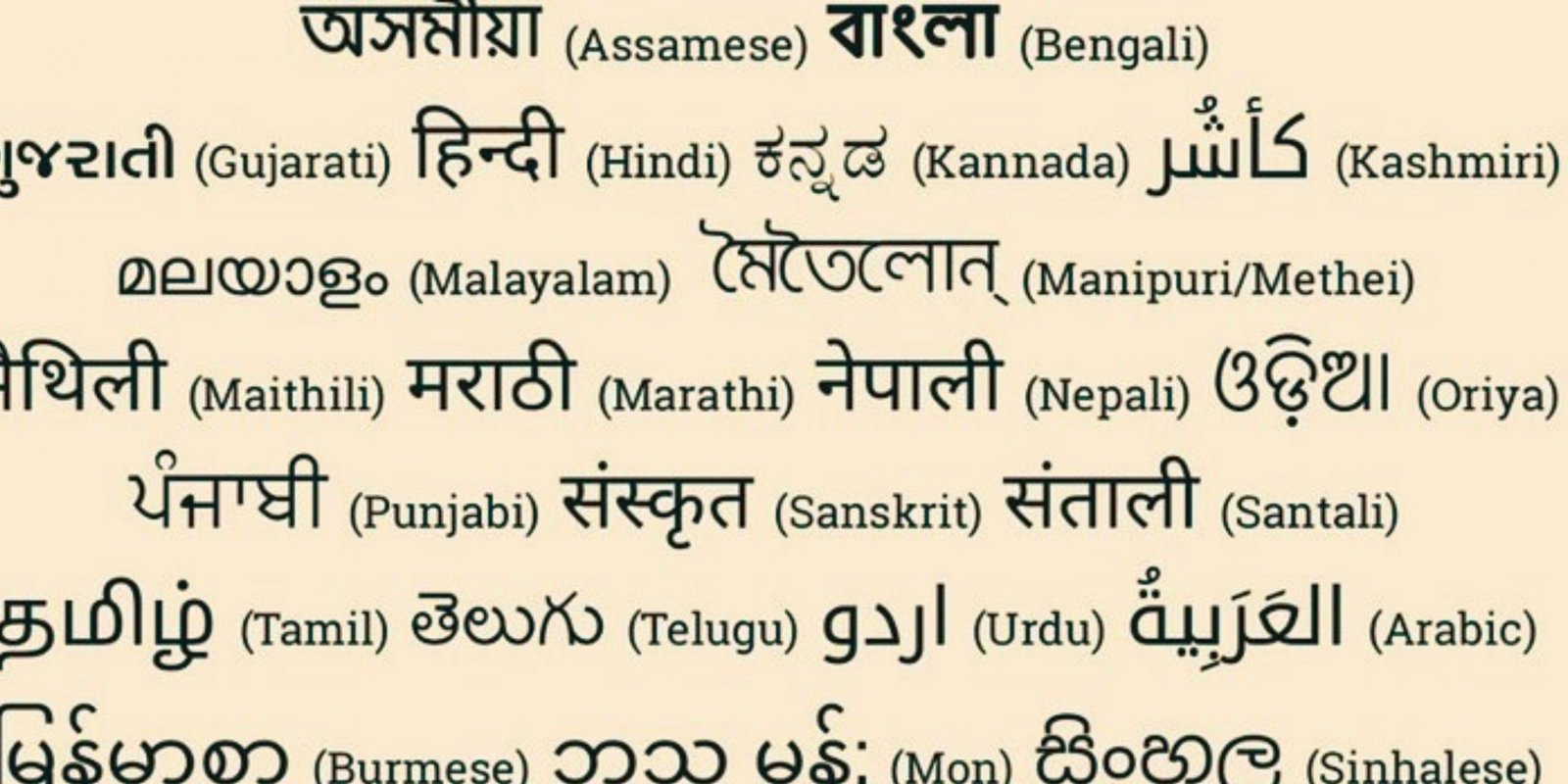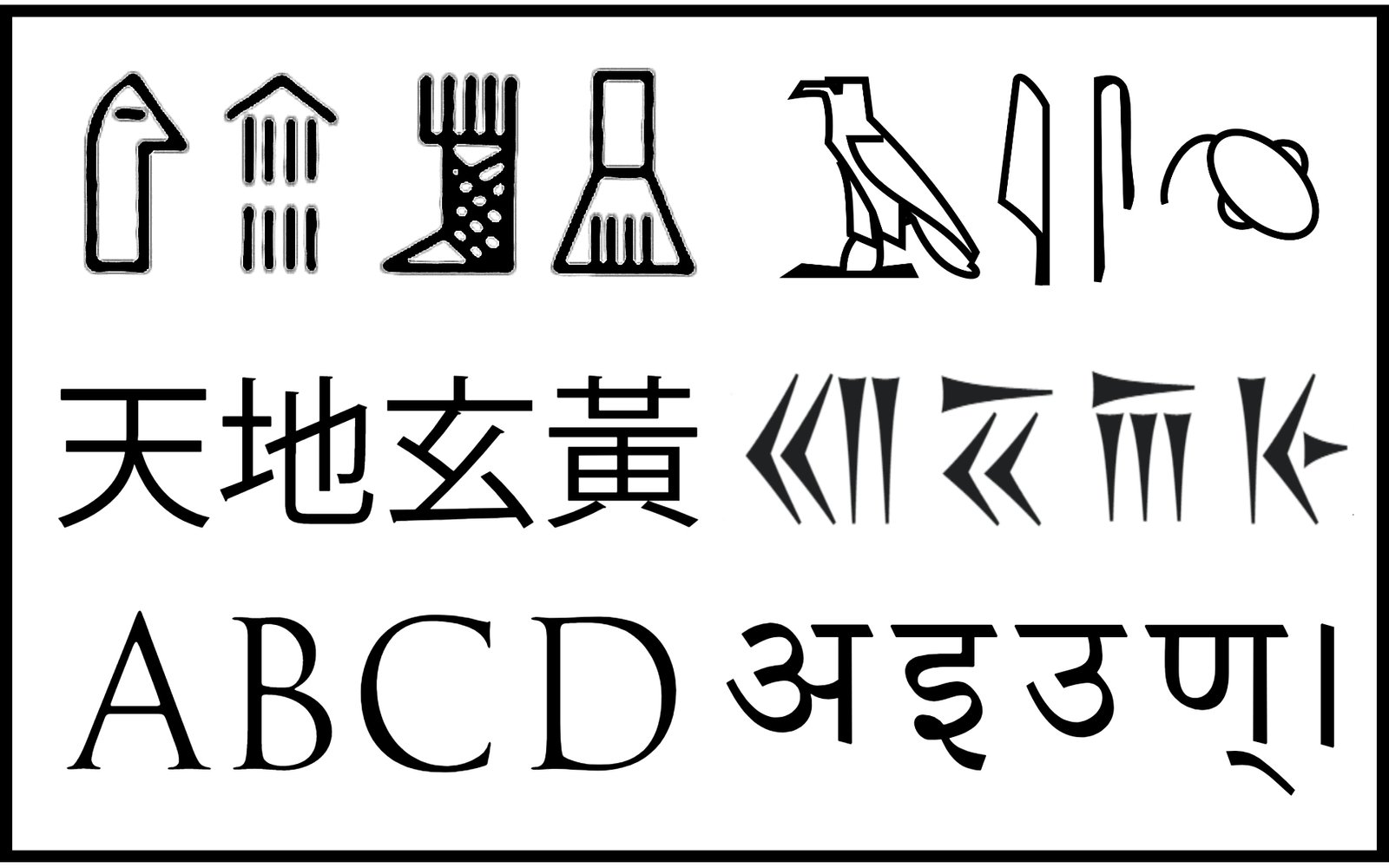The Influence of English on Indian Languages
India’s linguistic landscape is characterized by its incredible diversity, with thousands of languages and dialects spoken across the country. Among these, English holds a unique position. Introduced during British colonial rule, English has since become a significant part of Indian society, influencing local languages and transforming communication, education, and culture.
Historical Context of English in India
1.1. Colonial Legacy
Overview: The British colonization of India (1757-1947) left an indelible mark on the nation’s linguistic heritage, introducing English as a language of administration, education, and elite communication.
Key Points:
- Administrative Language: English was the official language of governance and law.
- Education System: English medium schools were established, creating an English-educated elite.
Examples:
- Macaulay’s Minute on Education (1835): Advocated for English education, emphasizing its utility in administration and commerce.
- Colonial Institutions: Establishment of institutions like the University of Calcutta, Bombay, and Madras, promoting English education.
Post-Independence Role of English
2.1. Official Language Status
Overview: After independence in 1947, English continued to play a vital role in India, co-existing with Hindi as an associate official language.
Key Points:
- Constitutional Provision: English was to be used for official purposes alongside Hindi.
- Language of Higher Education: English became the medium for higher education and research.
Examples:
- Official Documentation: Government documents and legal proceedings often conducted in English.
- University Curriculum: Predominantly English-medium instruction in higher education institutions.
2.2. Globalization and Economic Impact
Overview: The liberalization of the Indian economy in the 1990s further cemented the role of English as a global lingua franca, essential for international business and technology.
Key Points:
- Economic Liberalization: Increased foreign investment and globalization heightened the demand for English proficiency.
- IT and BPO Boom: English proficiency became a prerequisite in the booming IT and BPO sectors.
Examples:
- Multinational Corporations: Use of English for communication in global businesses operating in India.
- Educational Institutions: Expansion of English-medium schools catering to the aspirational middle class.
Linguistic Integration and Influence
3.1. Code-Switching and Code-Mixing
Overview: Code-switching (alternating between languages) and code-mixing (blending elements of different languages) are common phenomena in multilingual India, with English often interwoven with local languages.
Key Points:
- Everyday Communication: Mixing English words and phrases into regional languages is a widespread practice.
- Cultural Integration: English terms and expressions are integrated into Indian languages, creating a unique linguistic blend.
Examples:
- Hinglish: A blend of Hindi and English, commonly used in urban areas.
- Tanglish: A mix of Tamil and English, prevalent in Tamil Nadu.
3.2. Linguistic Borrowing
Overview: Indian languages have borrowed extensively from English, incorporating new words and expressions into their lexicons.
Key Points:
- Vocabulary Expansion: Introduction of English terms into regional languages for modern concepts and technology.
- Semantic Shifts: Adaptation of English words to fit local linguistic and cultural contexts.
Examples:
- Technology Terms: Words like “computer,” “internet,” and “mobile” have been adopted into many Indian languages.
- Daily Use: Terms like “office,” “bank,” and “station” are commonly used across languages.
Impact on Education and Media
4.1. Educational Influence
Overview: English has significantly influenced the Indian education system, becoming the medium of instruction in many schools and universities.
Key Points:
- English-Medium Education: Preference for English-medium schools among aspirational families.
- Competitive Exams: Many national-level competitive exams are conducted in English.
Examples:
- Private Schools: Proliferation of English-medium private schools across India.
- Higher Education: Predominance of English in technical and professional courses.
4.2. Media and Entertainment
Overview: English plays a prominent role in Indian media and entertainment, influencing language use and preferences.
Key Points:
- Bilingual Media: Newspapers, television channels, and digital platforms often use a mix of English and regional languages.
- Popular Culture: English is prevalent in Indian cinema, music, and advertising.
Examples:
- Television Channels: News channels like NDTV and Times Now broadcast primarily in English.
- Cinema: Bollywood movies often feature English dialogues and songs.
Societal and Cultural Dimensions
5.1. Social Mobility and Prestige
Overview: Proficiency in English is often associated with social mobility, prestige, and access to better career opportunities.
Key Points:
- Aspirational Language: English is seen as a gateway to upward mobility and global opportunities.
- Class and Status: Fluency in English can signify social status and education.
Examples:
- Urban Aspirations: Urban families emphasize English education for their children.
- Job Market: English proficiency is a key requirement in many high-paying jobs.
5.2. Cultural Hybridization
Overview: The blending of English with Indian languages has led to a hybrid cultural identity, reflecting the dynamic and evolving nature of Indian society.
Key Points:
- Cultural Products: Creation of new cultural expressions through the fusion of English and regional languages.
- Youth Culture: Young Indians often navigate multiple languages, blending them in innovative ways.

Examples:
- Literature: Indian authors writing in English or bilingual narratives.
- Music and Fashion: Influence of English in contemporary Indian music and fashion trends.
Challenges and Future Prospects
6.1. Linguistic Inequality
Overview: The dominance of English can exacerbate linguistic inequality, marginalizing non-English speakers.
Key Points:
- Access to Education: Disparities in access to English-medium education.
- Cultural Erosion: Risk of eroding regional languages and cultural practices.
Examples:
- Rural Areas: Limited access to quality English education in rural regions.
- Language Activism: Movements advocating for the preservation of regional languages.
6.2. Balancing Multilingualism
Overview: Balancing the influence of English with the preservation of India’s linguistic diversity is essential for maintaining cultural heritage.
Key Points:
- Policy Interventions: Government policies promoting multilingual education.
- Community Efforts: Grassroots initiatives to revitalize regional languages.
Examples:
- Three-Language Formula: Educational policy promoting the learning of English, Hindi, and a regional language.
- Cultural Organizations: NGOs working to preserve and promote regional languages.
Conclusion
The influence of English on Indian languages is profound and multifaceted, impacting communication, education, and culture. While it offers opportunities for global connectivity and social mobility, it also presents challenges in preserving linguistic diversity and addressing linguistic inequality. Balancing the benefits of English proficiency with the preservation of regional languages is crucial for maintaining India’s rich linguistic heritage and cultural identity.








